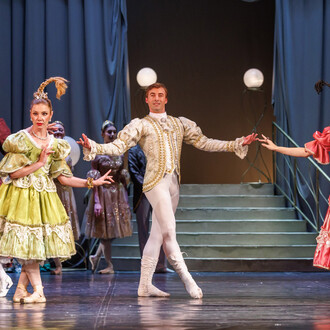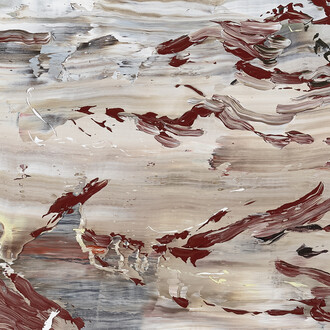From 13 April 2024 to 28 December 2025, the Fondazione Antonio Dalle Nogare presents the collection's new exhibition Under the spell of Duchamp, curated by Eva Brioschi.
The title points to the influence of Marcel Duchamp, often defined as a kind of spell under which many artists of the last century produced their works. Duchamp is considered the forerunner of conceptual art, as his desire to free the artist from the yoke of producing works - created with the sole intention of satisfying “retinal vision” - and his desire to desacralise the artistic gesture understood as creative fury, provoked in artists of subsequent generations reflections on the very essence of art making.
The idea, the process and the moment of conception thus become more important than the residual object that, as a result, takes shape, or simply “appears”.
The exhibition has its centrepiece in one of the French master's iconic works: La boîte en Valise. This mysterious object, defined as a portable home, a museum in a box, a body of work, a machine for erudition, can be considered as a device to decipher the different practices of the artists exhibited in this new project. Conceived during the years of the Second World War and assembled in several series over the following decades - for a total of 300 pieces -, this portable museum consists of a suitcase, or box, inside which Duchamp placed 69 miniatures and reproductions of his works. A container that becomes a means to keep one's life "at hand", to be able to travel light with everything one needs, and to be able to feel at home anywhere in the world.
In the two rooms on the first floor of the Fondazione, a selection of works, mostly recent acquisitions of the Antonio Dalle Nogare's collection, is set up in a free and unexpected dialogue with La boîte en Valise.
In the room where the work is opened up and unfolded, showing most of its contents inside a display case placed at its centre. The surrounding walls are occupied by four important 20th-century artists. The latter’s poetics can be linked to some of Duchamp's most subversive practices. The ready-made (the everyday object transcended into the exhibition space and elevated to the status of a work of art) is either elaborated in a surrealist key (Christo), or used as a signifier to conduct a caustic and critical discourse on American society, through the assemblage of industrial objects (Kienholz). The relationship between the unique and the multiple, between the part and the whole, between original and copy, which the content of the Boîte recalls in various ways, is manifested in the works of Breer, Cadere and De Maria, with specific meanings and significations.
In the second room, on the other hand, the works are divided into areas associated with key ideas that resonate with certain founding principles of conceptual art.
For one of these groups, the patterns or modules are the reading key to deciphering an artistic practice meant as the faithful and literal implementation of a statement (Buren, Mosset, Parmentier, Toroni, Posenenske, Tilson). To others, the creative process is incompatible with the logics of museum institutions. It allows for the unravelling of the power relationships and the curation behind exhibition contexts (García Torres, Byrne). While in another set of works (Broodthaers, García, Pietroiusti), the artist’s aura together with his thought and will, are the components of a trust that borders on faith, while the artefact vanishes or turns into a magical object with a life span of an instant, only in the mind of the beholder.












